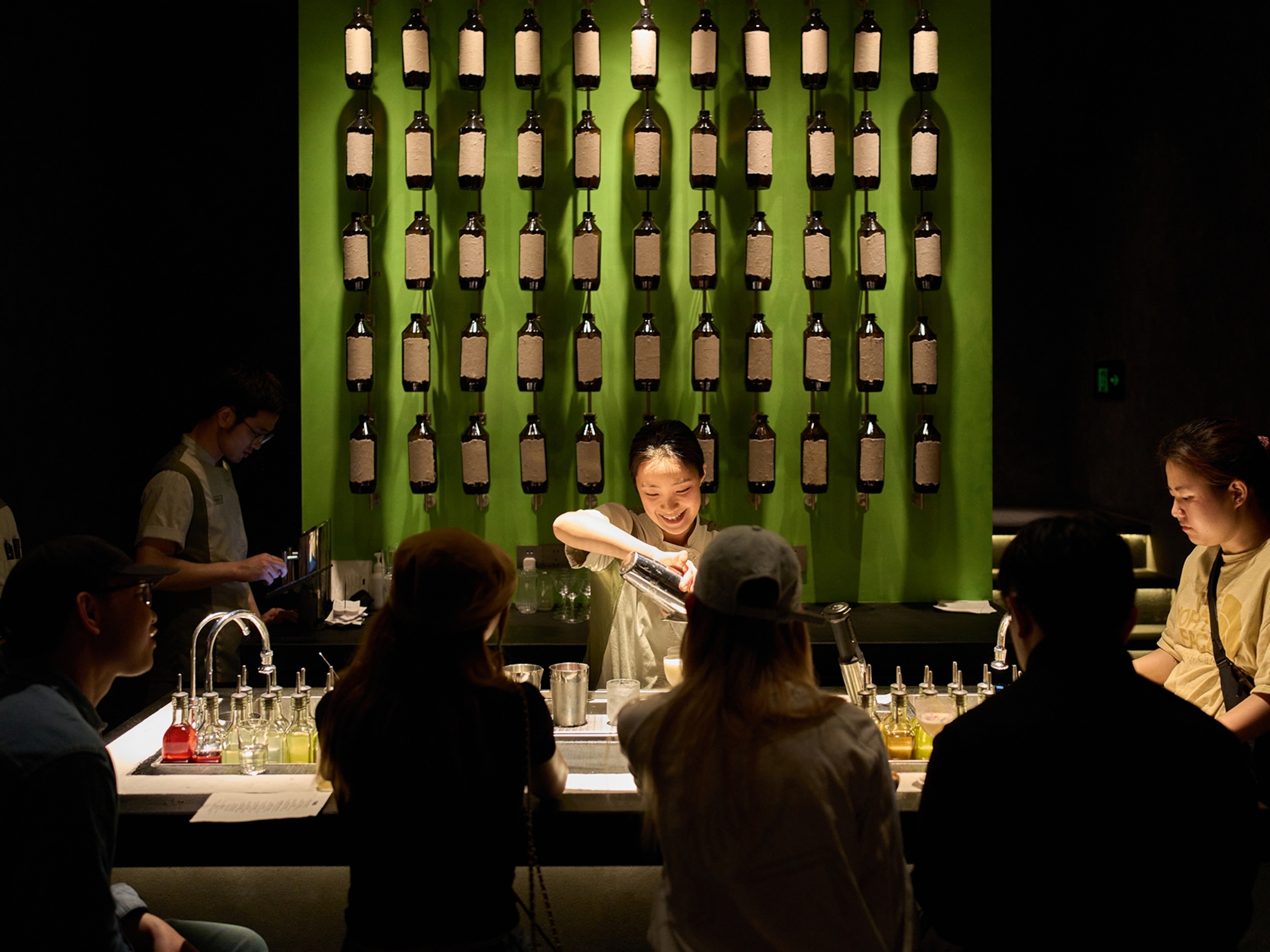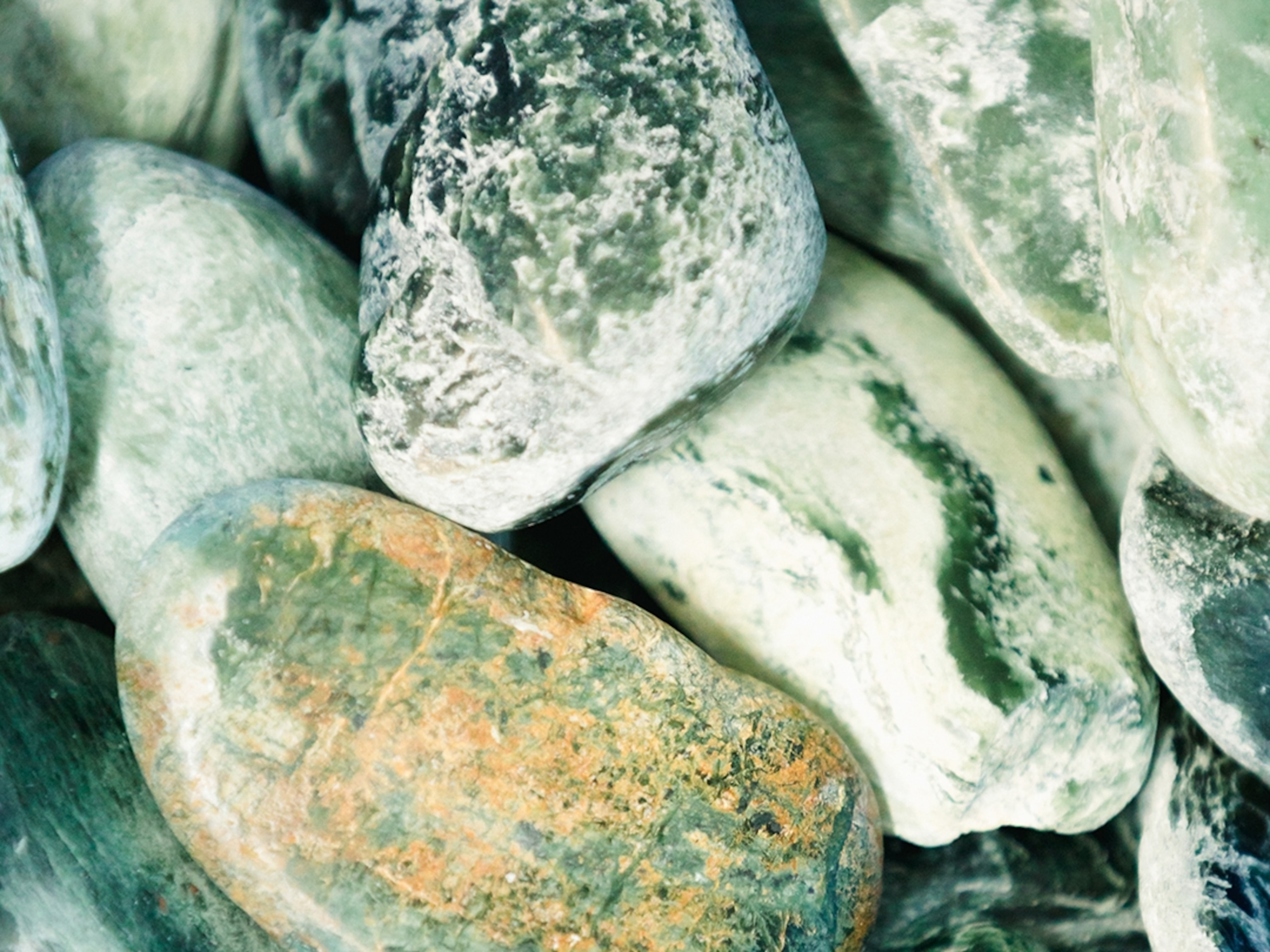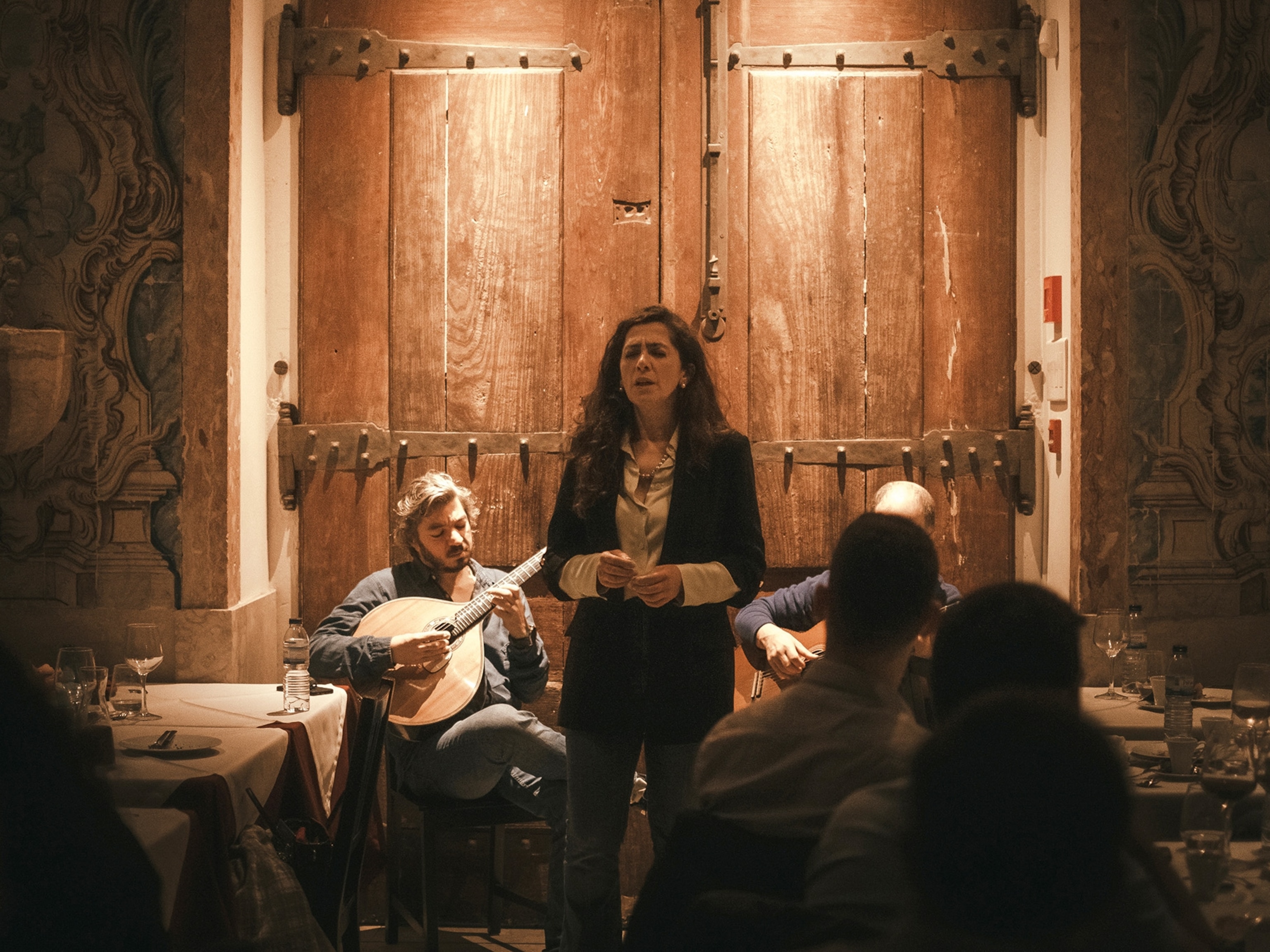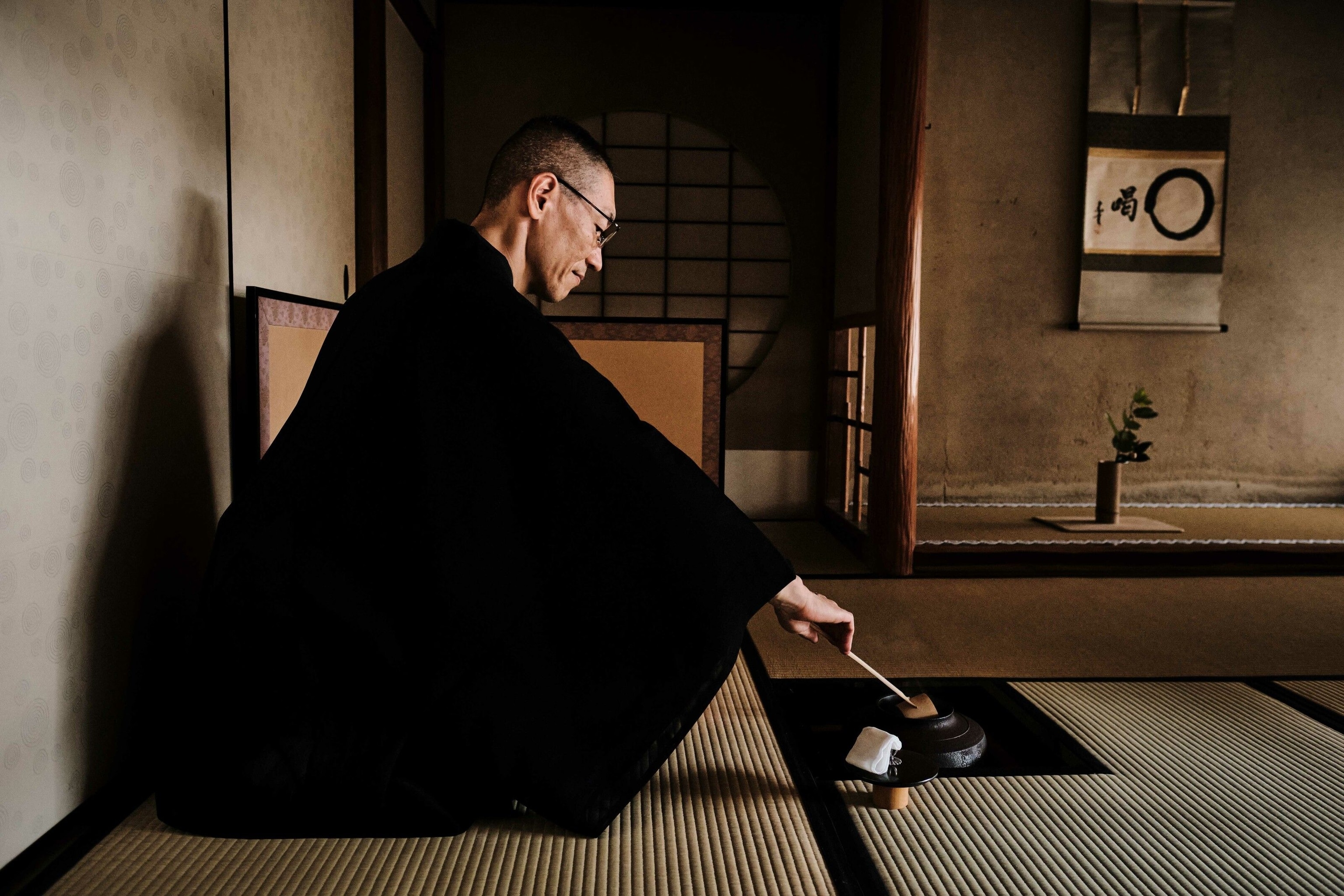
In pictures: tracing the origins of Kyoto's capital culture
Revered for its skilled artisans and deep affinity with the spiritual world, Kyoto has long been considered Japan’s cultural heartland. Age-old traditions flourish here, from kimono weaving to tie making.
ByKansai Tourism Bureau & Kinki District Transport Bureau
March 9, 2022
5 min read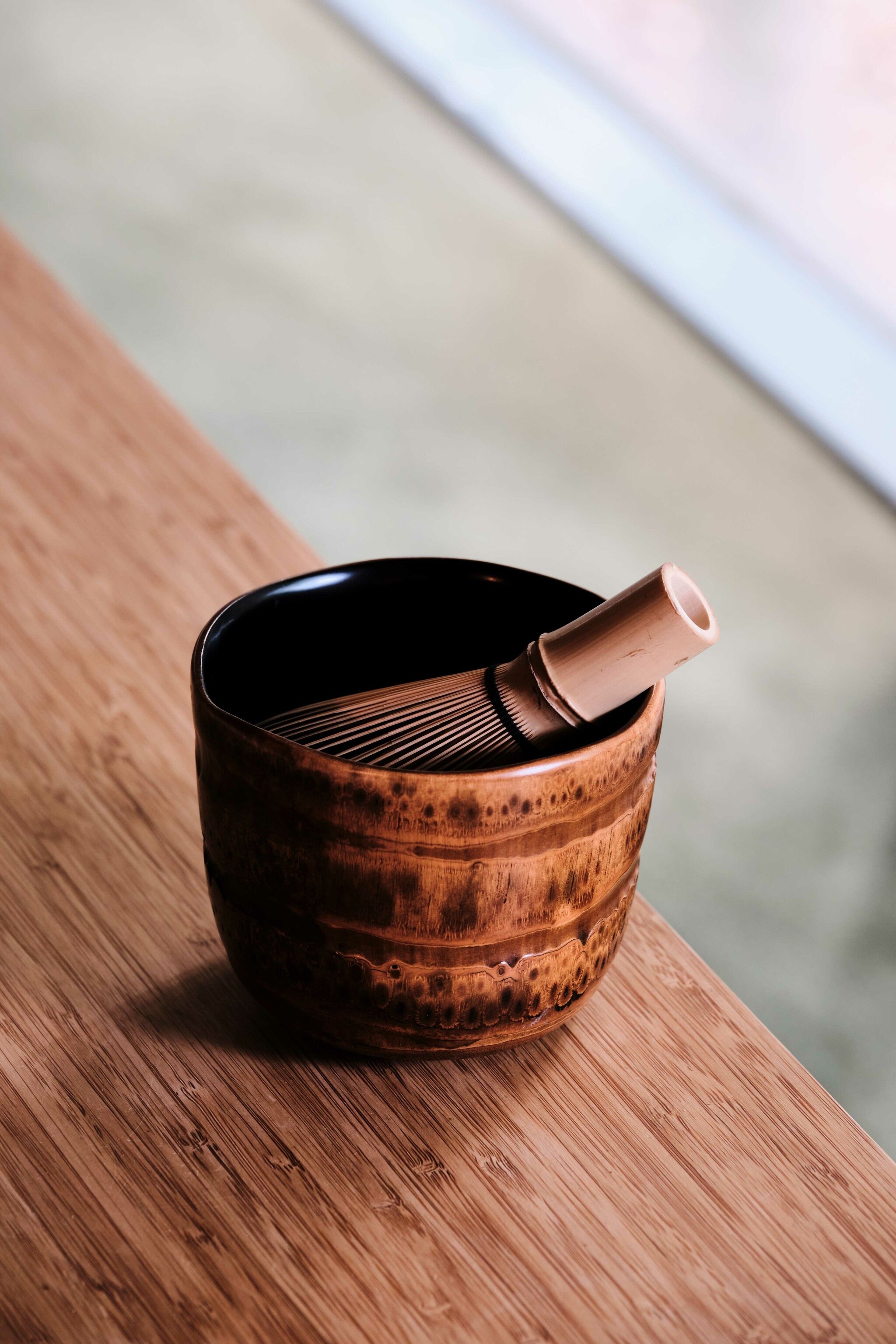
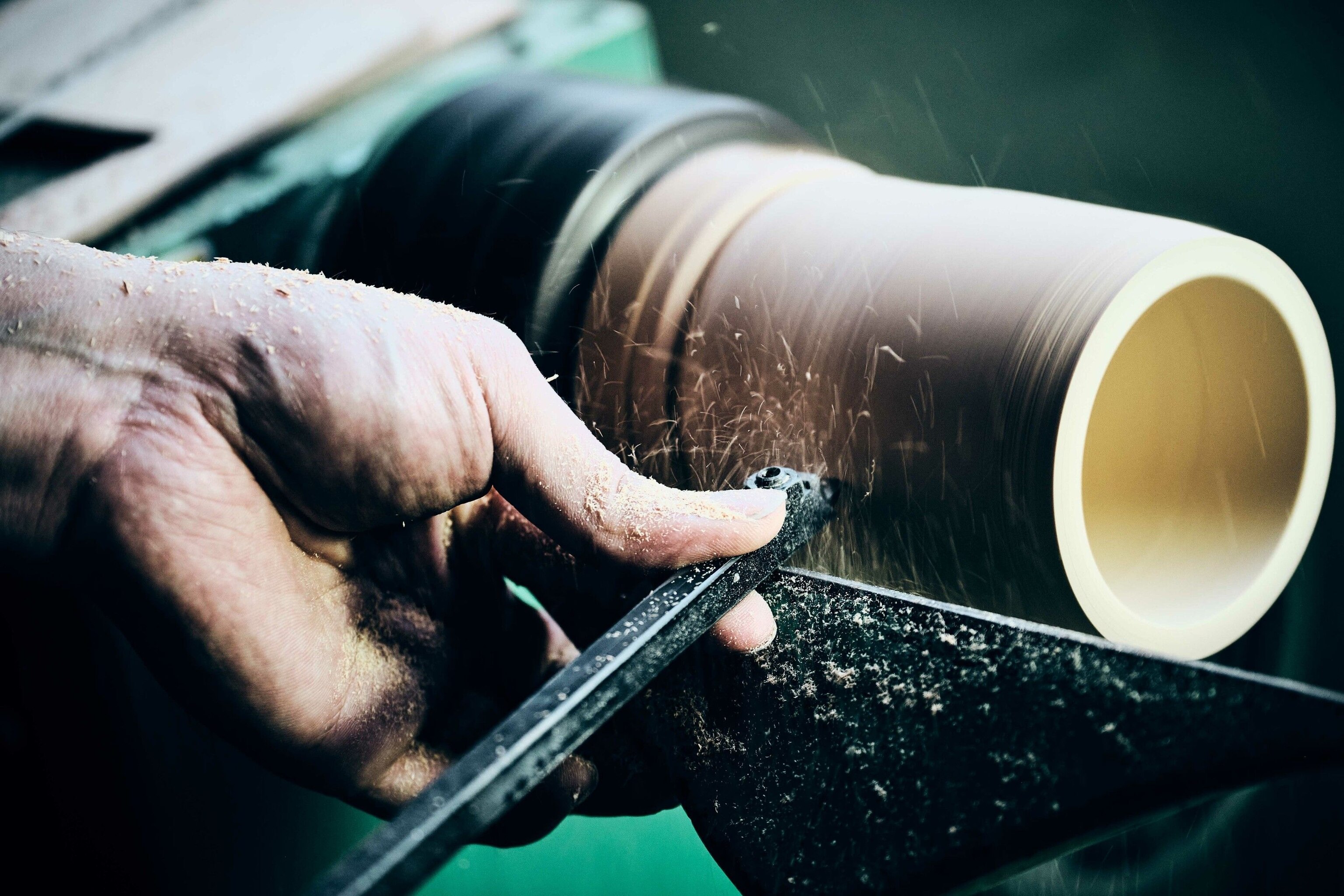
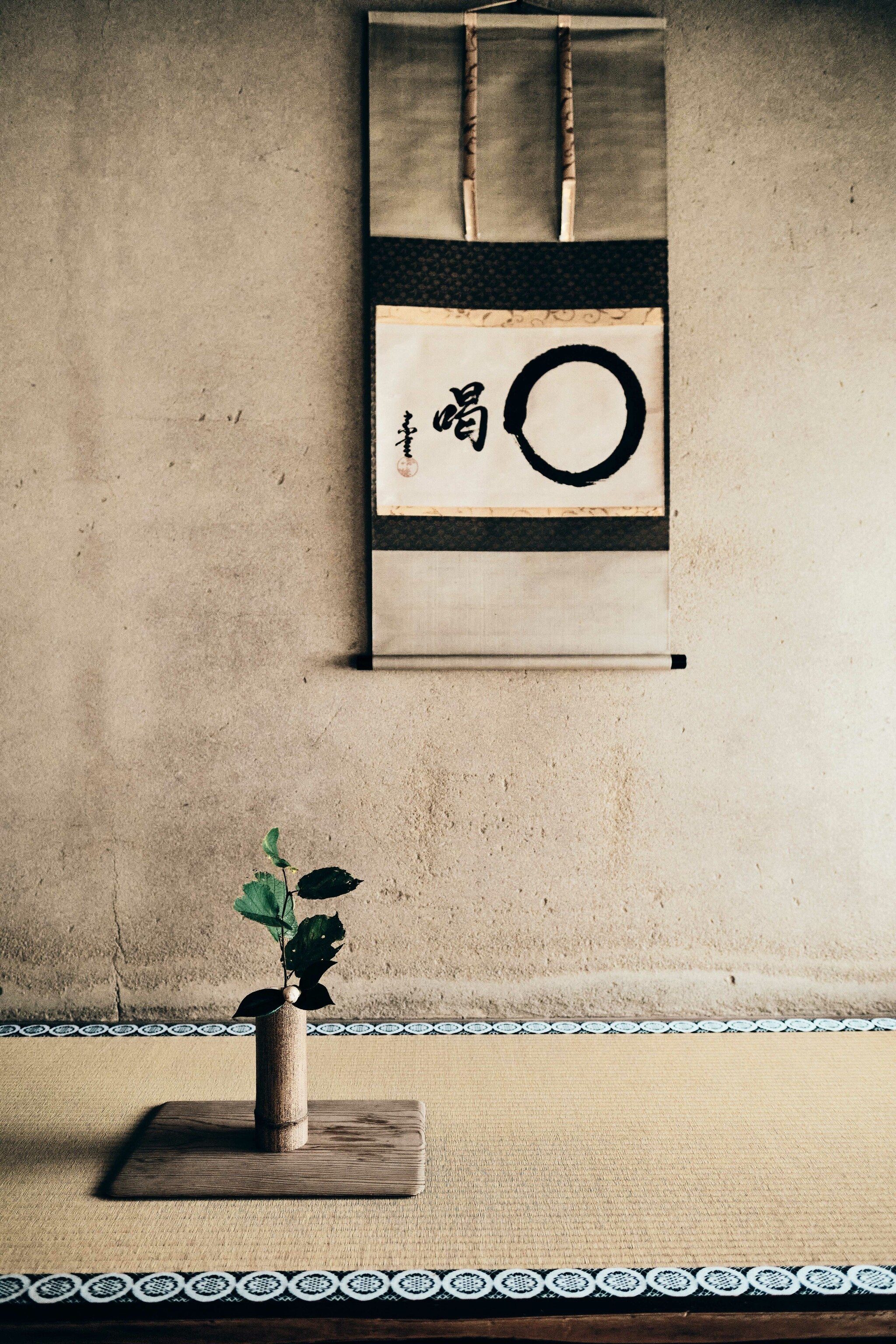
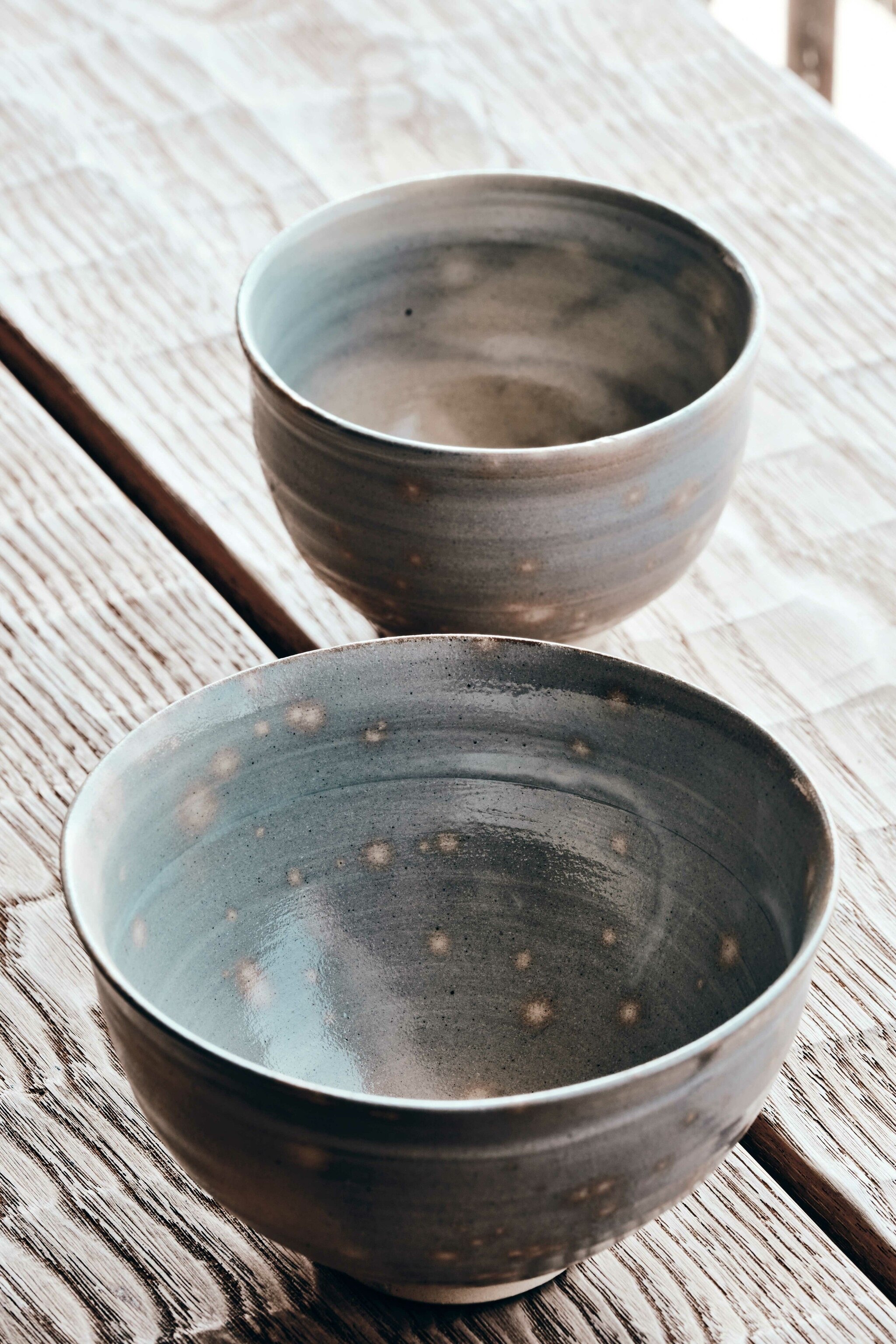
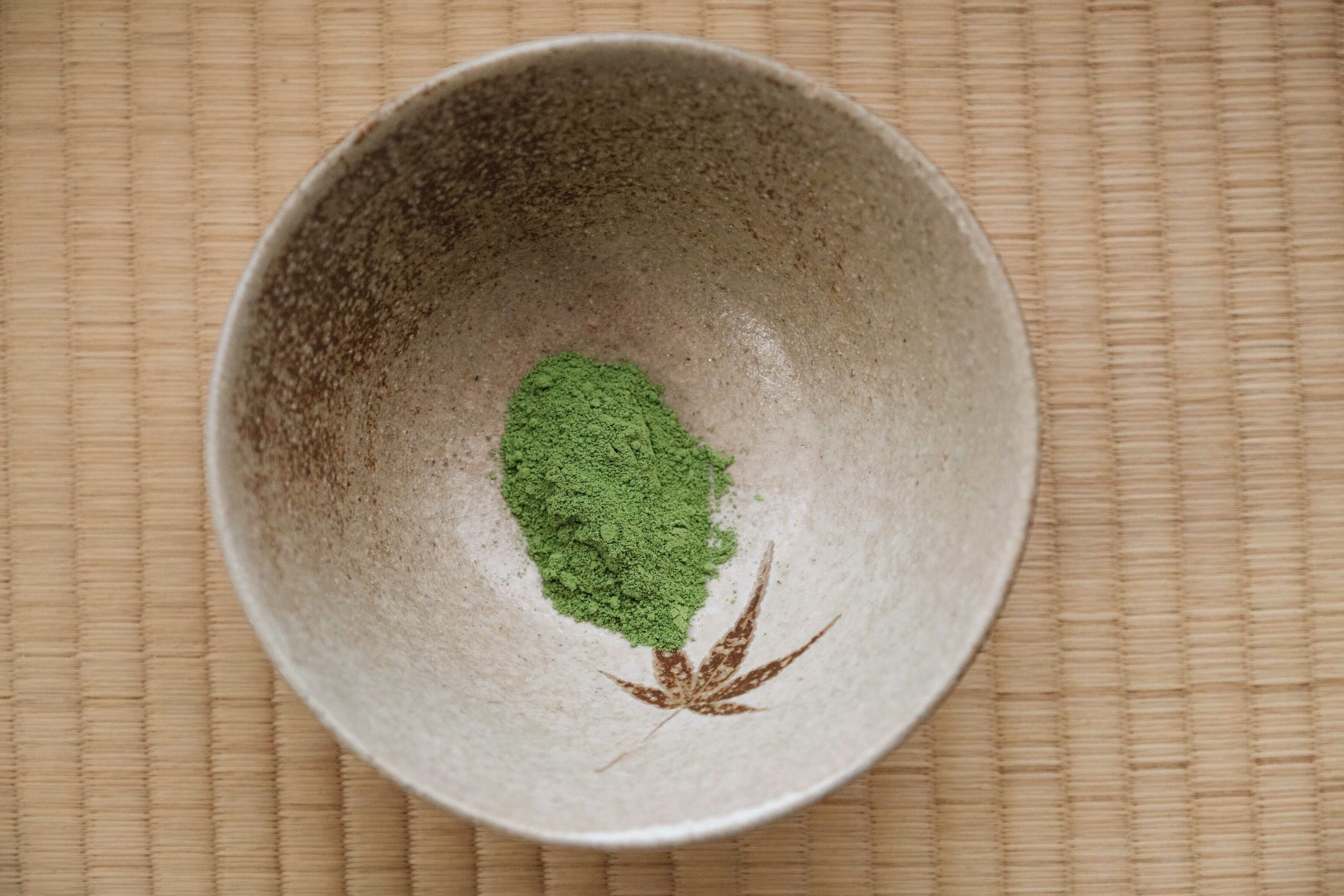
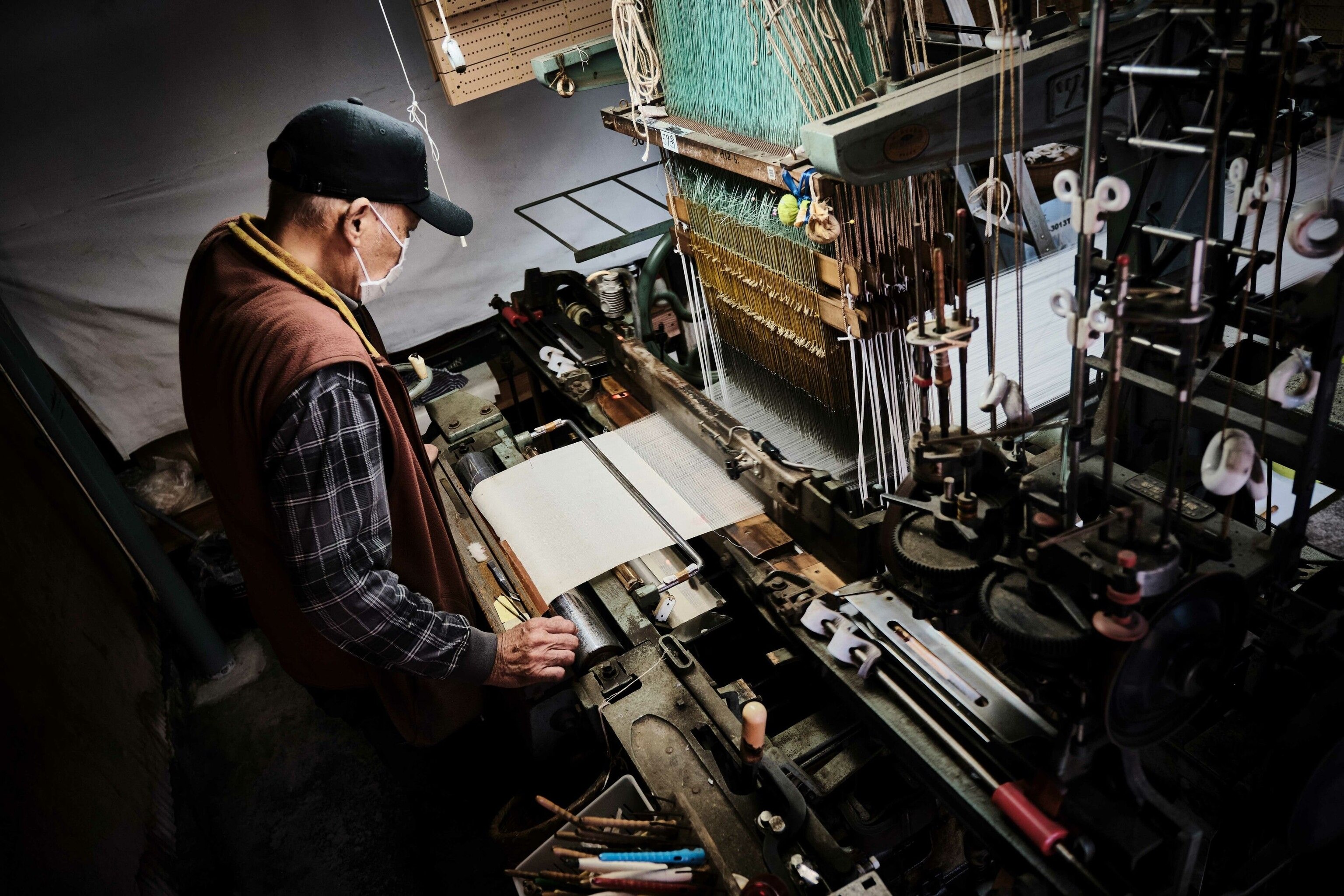
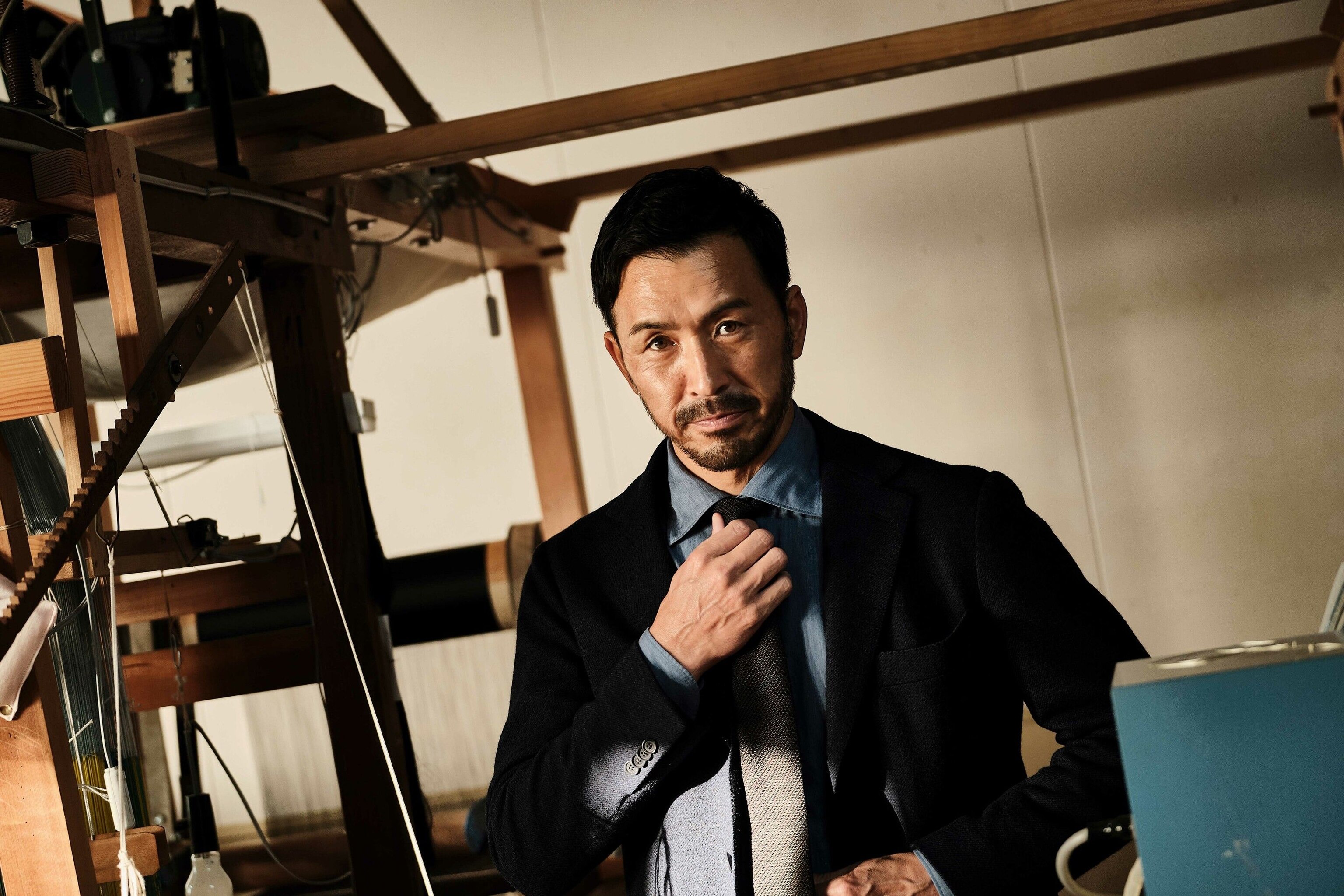
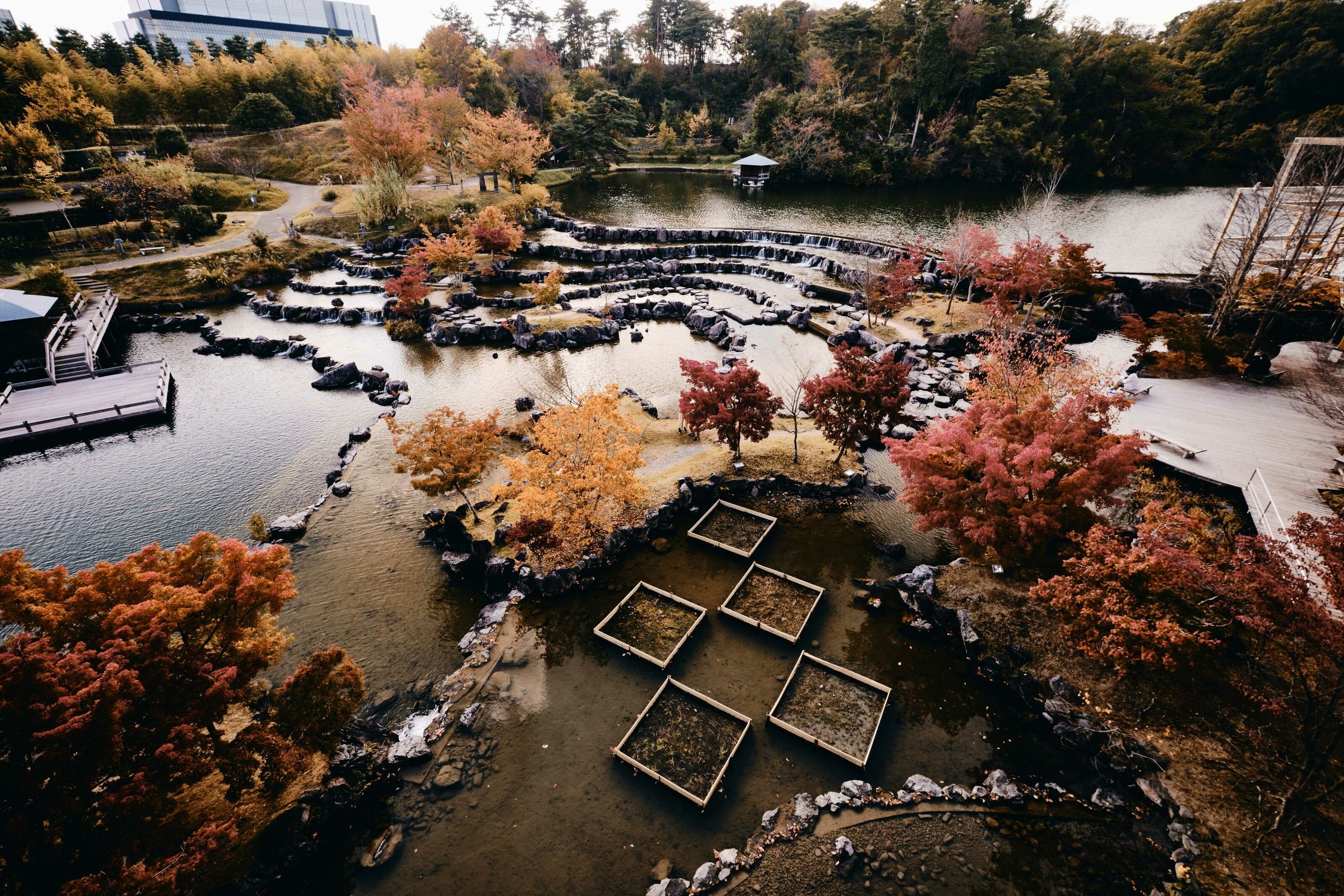
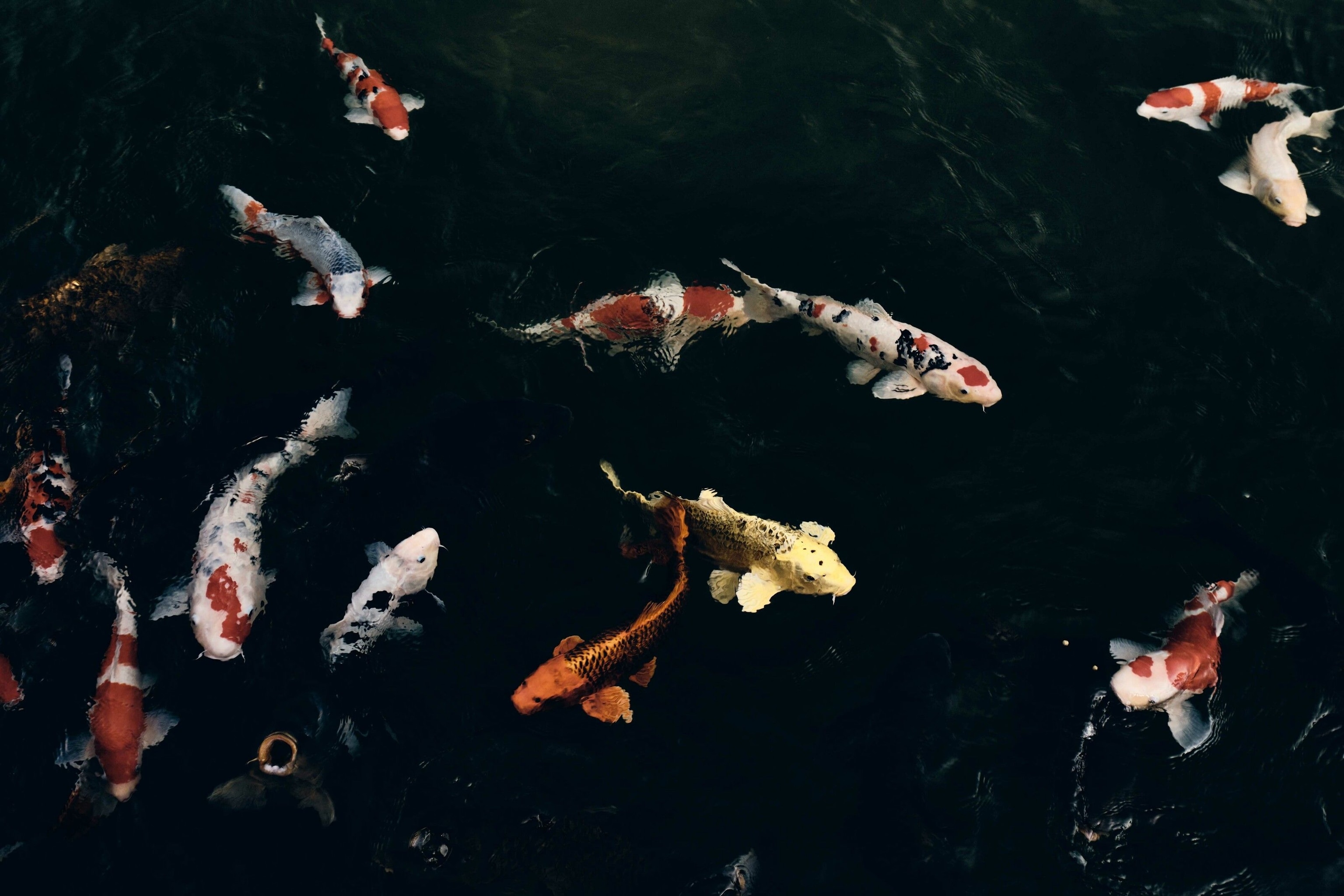
For more information go to the-kansai-guide.com/en/feature/item/02
Find National Geographic Traveller (UK) on social media
Facebook | Instagram | Twitter

